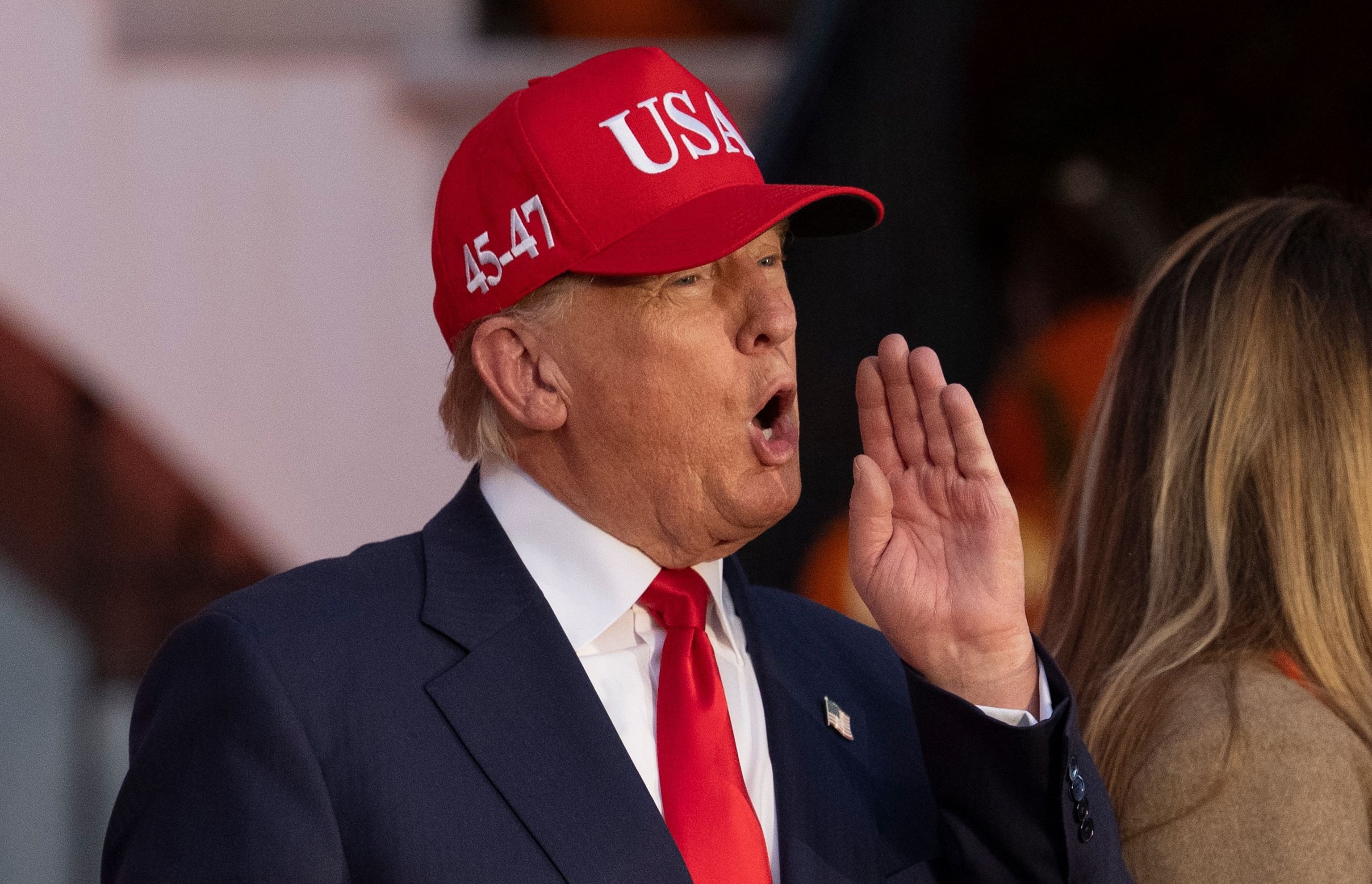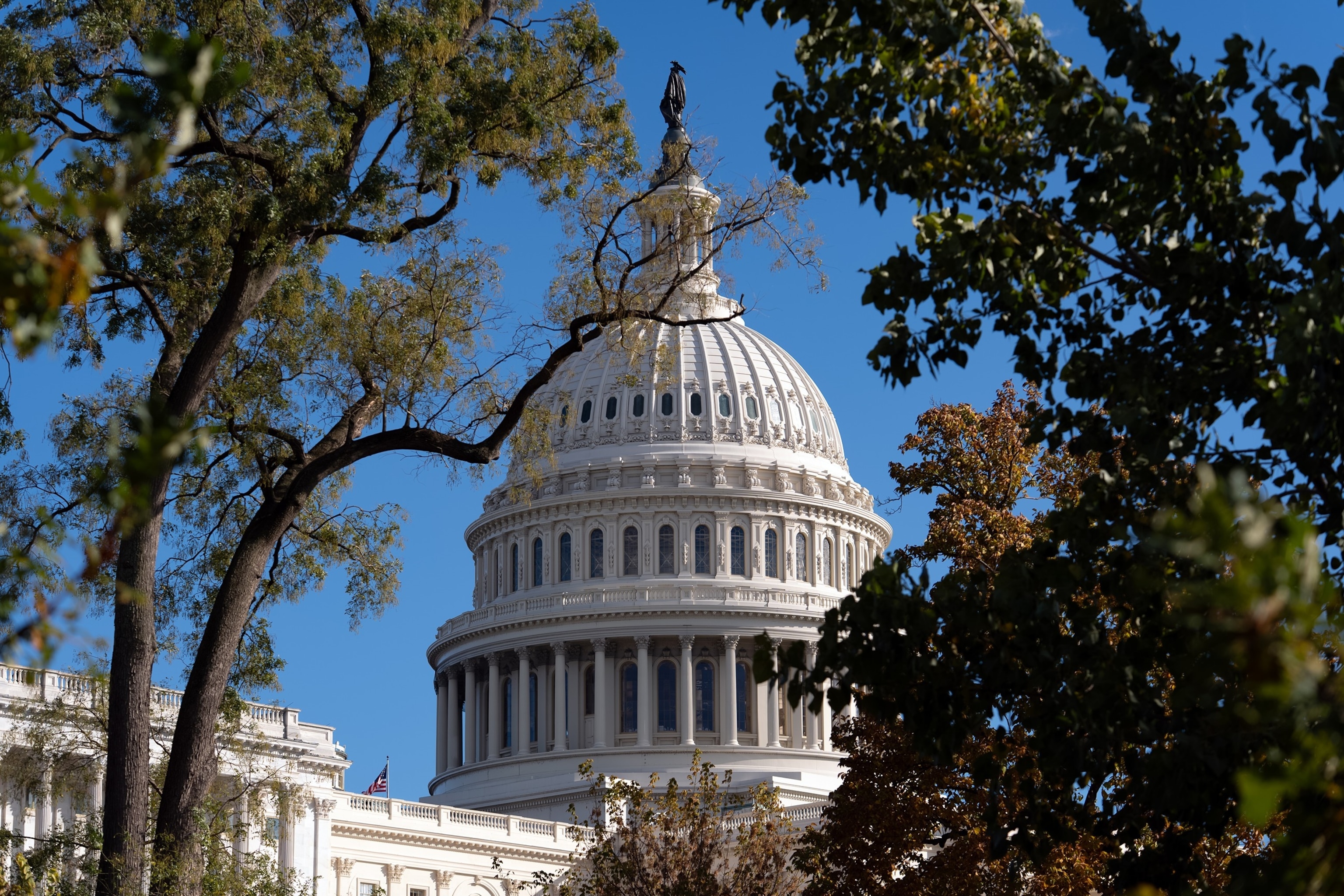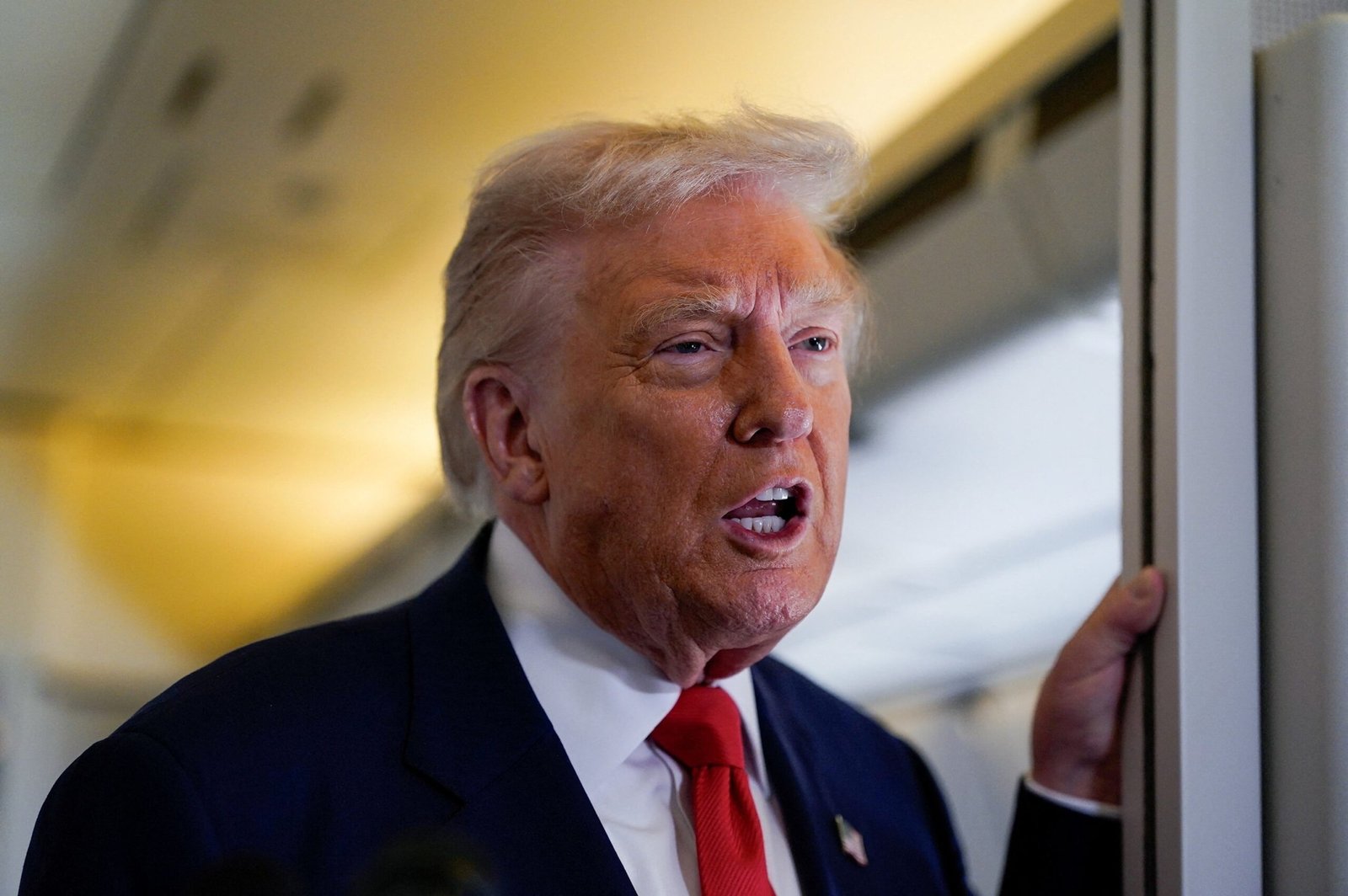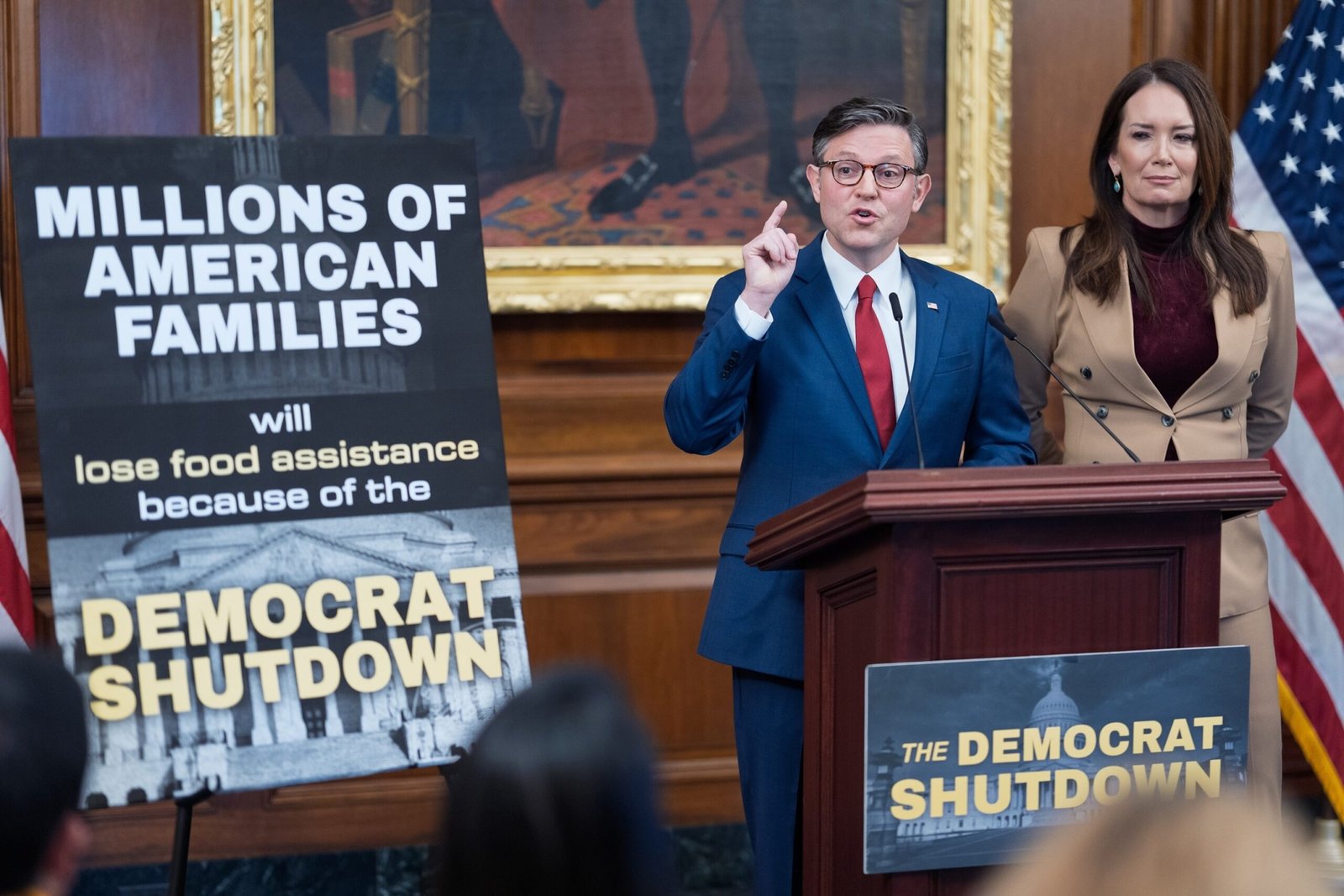As the government shutdown moves closer to becoming the longest in U.S. history, President Donald Trump has called on Senate Republicans to end the filibuster to end the stalemate at the Capitol.
But, as before, they do not agree with his demands to change the traditional government.
“The time has come for Republicans to play their ‘TRUMP CARD,'” and go for what’s called the Nuclear Option: Get rid of the filibuster and get rid of it, NOW!” Trump wrote on his conservative social media platform overnight.
With a 53-47 majority, eliminating the filibuster would allow Republicans to pass a bill to fund the government without any Democratic support.
Trump’s call comes at a critical time in the shutdown, with millions of Americans set to lose SNAP benefits over the weekend as program funds run out and Affordable Cars Act recipients face higher insurance premiums as open enrollment begins.

President Donald Trump and first lady Melania Trump host a Halloween trick-or-treat event on the South Lawn of the White House in Washington, October 30, 2025.
Aaron Schwartz/EPA/Shutterstock
What is the filibuster?
The long-standing rule allows any senator to block or delay action on a bill or other matter by extending debate.
It takes 60 votes, or three-fifths of the Senate, to end debate and advance the legislation to a final vote, when only a simple majority is then needed to pass.
The unlimited debate over the filibuster first emerged in the 19th century. In 1917, The Senate adopted Rule 22 which allowed a filibuster to be broken with a cloture vote, giving rise to the modern filibuster.
It is a tool that strengthens the minority party, but has frustrated majorities for decades.
In his first term, Trump tried several times to end the filibuster, but faced pushback from Republicans. Former President Joe Biden said he supported making changes to the filibuster to codify abortion rights and pass voting rights legislation.

The Capitol is seen as the government shutdown nears its second month, in Washington, Oct. 30, 2025.
J. Scott Applewhite/AP
What is the ‘nuclear option’ in the Senate?
Senators have already created exceptions to the filibuster.
Changes were made during the Obama administration to lower the threshold needed to confirm judicial and executive branch nominees to a simple majority. The Senate Republican leadership, during President Trump’s first term, did the same with Supreme Court nominees.
These changes that eliminate the three-fifths threshold have been colloquially called “going nuclear.”
But both parties have expressed fear of bombing the filibuster entirely for fear it will come back to haunt them when they lose their congressional majority.
Senate Majority Leader John Thune said earlier in this shutdown that eliminating the filibuster is something that should be avoided “at all costs.” Following Trump’s renewed call to end the filibuster, a spokesperson for Thune said his “position on the importance of the legislative filibuster has not changed.”




